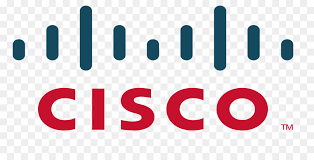Networking Fast Secured Efficient

Networking
Networking solutions can be broadly categorized into two main types: active network solutions and passive network solutions. Both types play crucial roles in establishing and maintaining a reliable and efficient network infrastructure.
Active network solutions involve the use of active components to facilitate network connectivity and data transfer. These components include routers, switches, hubs, and network appliances. Routers are responsible for directing network traffic between different networks, ensuring data packets reach their intended destinations. Switches, on the other hand, connect devices within a local network, allowing for efficient data transmission between connected devices. Hubs, although less commonly used today, are also active network components that facilitate data distribution within a network. Network appliances, such as firewalls and load balancers, are used for security and performance optimization.
Passive network solutions, on the other hand, refer to the physical infrastructure and cabling used to establish network connections. This includes Ethernet cables, fiber optic cables, patch panels, and wall outlets. These components provide the physical medium for data transmission between devices and are crucial for maintaining a stable and high-speed network. Passive network solutions also involve the proper design and installation of structured cabling systems, which determine the organization and layout of cables within a building or facility.
Both active and passive network solutions are integral to creating a robust and efficient network environment. Active components ensure proper connectivity, routing, and security, while passive components provide the physical infrastructure necessary for data transmission. A well-designed network combines both types of solutions to optimize performance, reliability, and scalability.
It’s important to note that advancements in technology have led to the emergence of software-defined networking (SDN), which introduces a new paradigm for network management and control. SDN separates the control plane from the data plane, enabling centralized management and programmability of network functions. This innovative approach enhances flexibility, scalability, and agility in network deployments, complementing both active and passive networking solutions.
We are the dedicated partners of the following Brands.









